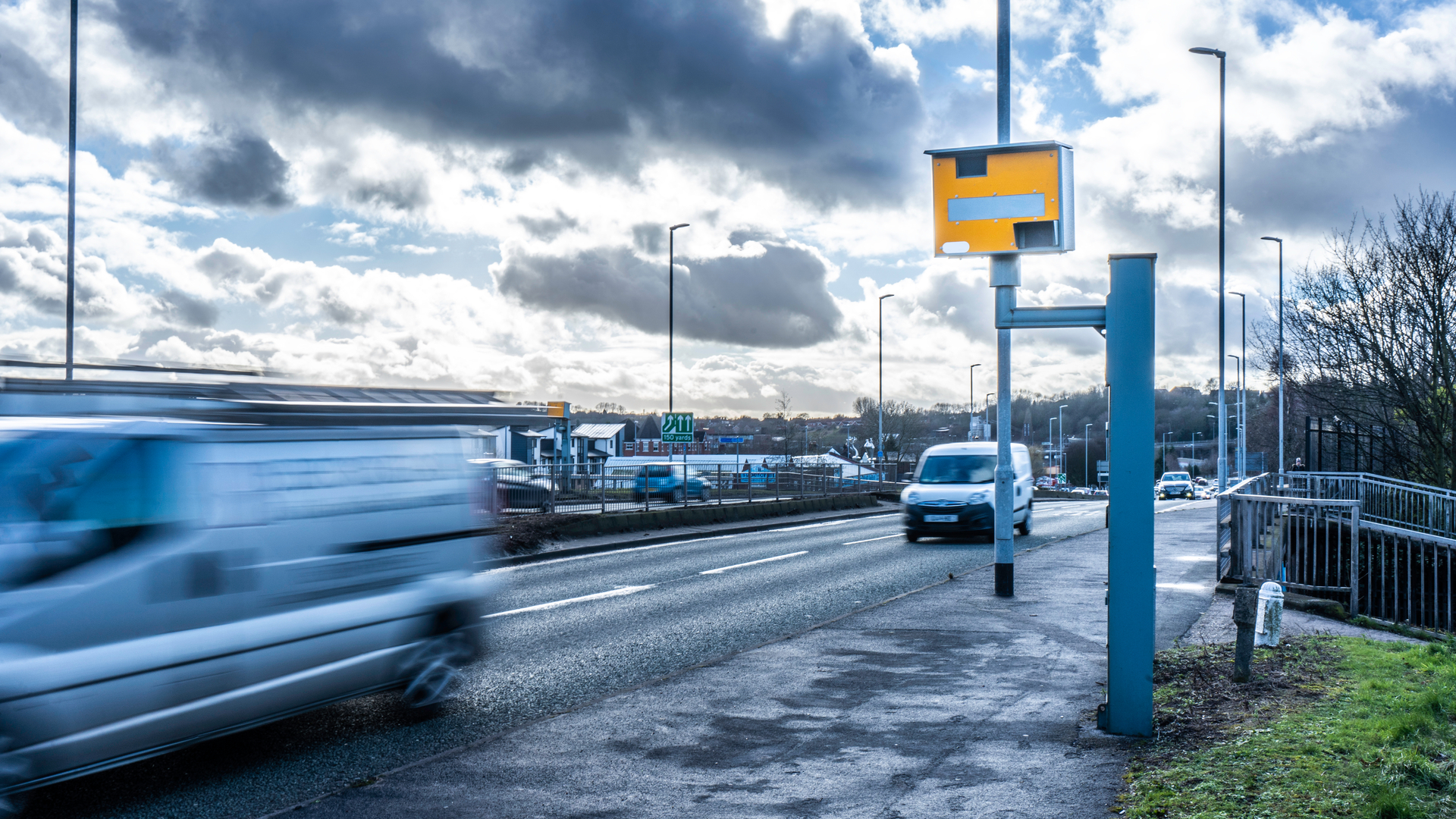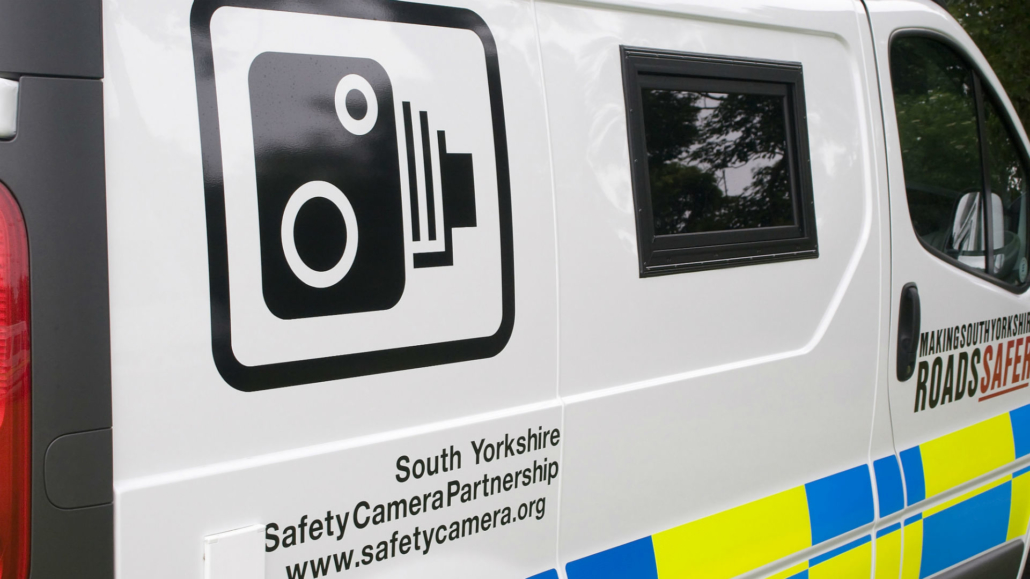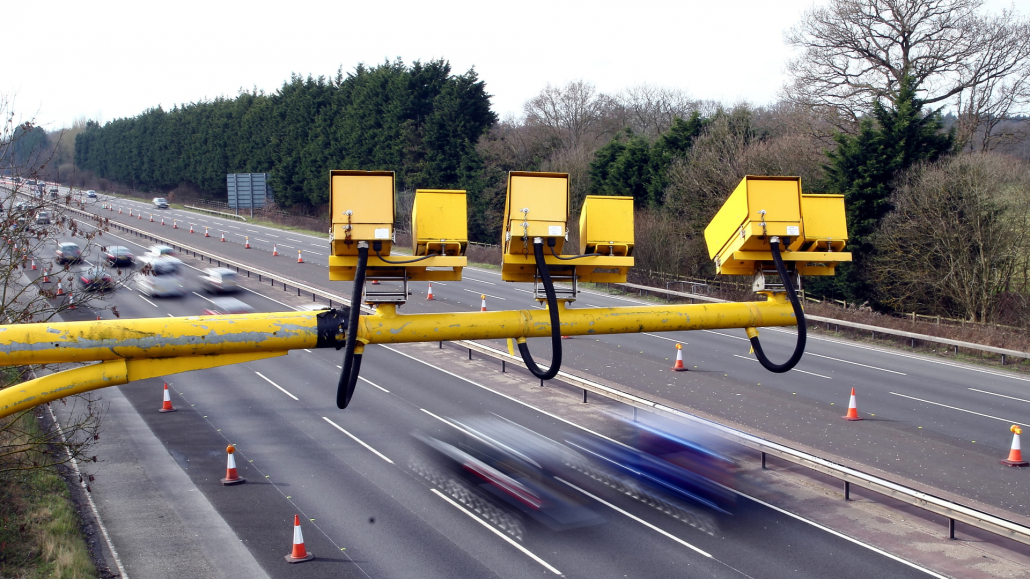
It’s more than 30 years since Britain’s first-ever speed camera was installed on Twickenham bridge in Surrey.
The Gatso (short for Gatsometer) was the first fixed speed camera to gain Home Office Type Approval (HOTA). Trials began in 1988, before they were approved for use as enforcement devices in 1992. A Gatso uses radar to measure speed, then two static images for use when issuing tickets.
Gatso speed cameras – officially called ‘safety cameras’ – were originally painted grey, but a change in the law stipulated that all cameras must be visible to drivers. They also featured removable film, which had to be checked by operators. Digital versions that don’t rely on film arrived in 2007.
You’ll know if you’ve been caught by a Gatso, because a flash illuminates the car and its number plate. Crucially, it also captures the white calibration lines painted on the road.
Are road markings required?

There are two types of white lines – also known as ‘dragon’s teeth’ – used for speed cameras. Some are painted in the centre of the lane, while others are found on the edges of the road. Some Gatso cameras have no road markings next to them, either because the camera housing is a dummy, or because the road has been resurfaced.
As this Freedom of Information (FOI) request highlights, ‘there is no laid down distance [for road markings] and [they] can vary by both area and site’.
If the speed camera is to be used within Section 20 of the Road Traffic Offenders Act, the lines or some other distance reference need to be present, so a secondary check can be carried out. The lines on the road are normally set at 5ft, 6ft, 1m or 2m intervals.
This is an important point, because Gatso speed cameras DO NOT require road markings for the speeding ticket to be enforceable.
The lines are there to make it easier for safety camera partnerships to provide the necessary evidence. Photogrammetry is a more effective secondary check.
Alternatively, other fixed features could be used to make the assessment of the distance travelled by the vehicle between the two images in the evidence. An example could be the road markings in the centre of the road.
‘Offence could still be prosecuted’

We contacted a road safety partnership for clarification. We were told: ‘if no lines are present an offence could still be prosecuted’.
The National Police Chiefs’ Council (NPCC) guide for the operational use of speed and red-light offence detection technology sheds more light on the subject.
Section 16.2.2 states: ‘HOTA unattended automatic devices will have a second independent method of checking the primary speed measurement. One such method offered by manufacturers is the taking of two photographs of the offending vehicle at a known time apart, which can be compared with the distance travelled within that time interval to drive at the speed of the vehicle. Only approved methods of secondary checks should be utilised.’
Modern speed cameras do not rely on road markings to catch speeding motorists. Take the SPECS digital cameras, which measure the average speed between two cameras. These are commonly found on A-roads, or to enforce temporary speed limits on motorways.
The fact is, speed cameras have never needed painted road markings, they were simply there for evidence and enforcement purposes. However, that’s not to say that the markings can’t be used by motorists who feel a speeding ticket has been issued unfairly.
If in doubt, don’t speed. If you see a camera, assume it is operational and that you will get caught if you speed past it. In all senses, the risk simply isn’t worth it.
ALSO READ:
What does the sensor behind my car’s windscreen do?
The speed canara in Edinburgh is on a straight road but the lines are at a angle. Making the car look like it’s going 3 mph faster. It’s not correct. Like before they put lines on bends making your car seem like it’s going even faster. Take a look at dalkeith road going into town from Canon Mills. Even the police told me they catch even more than who actually spied the road is 30 your allowed 10% 33 and its up a hill so you can argue 2 taking it to 35. But then they add the other 3 so your now fixed up going 38 when you were only going legal 35. This is wrong and typical that every part of legal is abused ..
Hi Grant, did you read the article? The lines aren’t used for speed detection.
Hi Grant, did you read the article? The road markings are not used for speed detection.